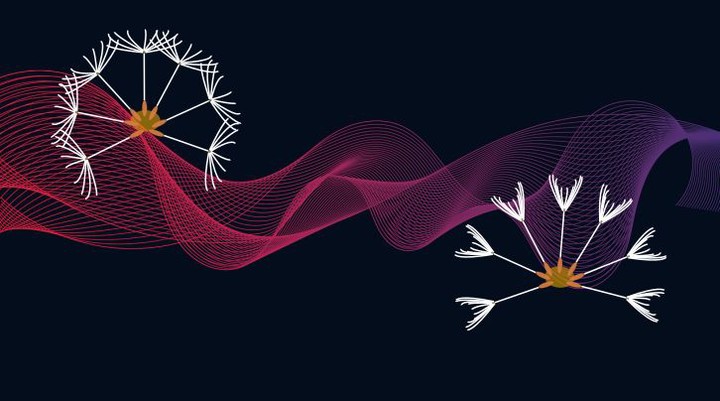 Image credit: Madeleine Seale
Image credit: Madeleine Seale
Abstract
Plants can generate motion by absorbing and releasing water. Such motion often facilitates reproductive success through the dispersal of seeds and fruits or their self-burial into the soil. Asteraceae plants, such as the dandelion, often have a hairy pappus attached to their fruits to allow them to fly and in many cases, these can open and close depending on moisture levels to modify dispersal. Here we demonstrate the relationship between structure, composition and function of the underlying hygroscopic actuator. By investigating the structure and properties of the actuator cell walls we have identified the mechanism by which the dandelion pappus closes and developed a structural computational model that can capture observed pappus closing. This model was used to explore the contribution of differential material domains in the actuator function and the critical design features. We find that the actuator relies on the radial arrangement of vascular bundles and surrounding tissues including cortex and the floral podium around a central cavity. This allows heterogeneous swelling in a radially symmetric manner to co-ordinate precise movements of the pappus hairs attached at the upper flank. This actuator is a derivative of bilayer structures, but is radial and can synchronise the movement of a planar or lateral attachment. The simple, material-based mechanism presents a promising biomimetic potential in robotics and functional materials.